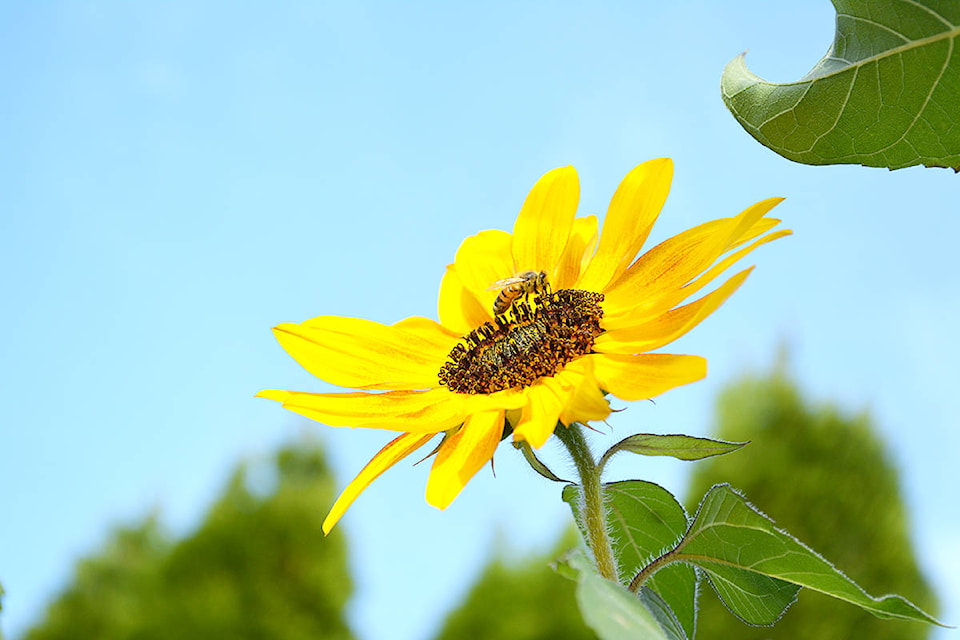Beekeepers from across the province will gather this weekend in Kelowna for the BC Honey Producers Association annual general meeting and tradeshow.
It’s the first time since 2013 the convention has taken place, with more than 300 beekeepers and experts in the honey producing field anticipated to attend.
The convention will include workshops for novice beekeepers, exhibits and presentations about the latest scientific research along with honey and honey-wine (mead) contests.
The keynote speakers will be Jerry Hayes, honey bee health lead for Monsanto; and beekeepers Ian Steppler from Manitoba and Randy Oliver from California.
Keith Rae, with the North Okanagan Beekeepers Club, said commercial beekeeping colonies have been in decline in recent years, due in part to the low honey market prices along with other environmental factors.
A study released in the spring found more than 700 of the 4,000 native bee species in North America and Hawaii to be inching toward extinction due to increased pesticide use leading to habitat loss.
Habitat loss along with heavy pesticide use, climate change and increasing urbanization are the main causes of declining bee populations, the study found.
The North Okanagan group, organizing host for the weekend event at the Coast Capri Hotel, is aligned regionally by beekeeper groups in the South Okanagan, Salmon Arm and Kamloops.
Rae said he is drawn to beekeeping by his fascination with how a bee colony functions, how a cluster of bees follow through on specific tasks during their relatively short lifecycle before literally dropping dead out of the sky.
“It is a very specialized and organized process to watch be carried out,” Rae said.
He said it’s not particularly labour intensive as a task, as the bees do most of the work, leaving the beekeeper to oversee the well-being of the bee colony, such as watching for parasite mite infestations which can ultimately weaken and kill bees.
As one of the honey contest judges, Rae said he will look over each entry for taste, absence of chemical residue, colour and texture, appearance of leftover beeswax or air bubbles, and any crystallization.
Bee Trivia
• A single bee colony can produce more than 100 pounds (45 kg) of extra honey and this is what is harvested by the beekeeper.
• It takes one colony of honey bees (around 30,000 bees) to pollinate an acre of fruit trees. Pollination success increases if there are more honey bees present at the time of peak flowering.
• Bees fly the equivalent of more than once around the world to gather a pound of honey.
• The average life of a honey bee during the working season is about six weeks.
• Nectar as gathered by the bee contains about 70 per cent water (Honey is about 17 per cent water).
• Bees remove the excess moisture from nectar by rapidly fanning their wings over the open cells in the hive.
• Honey is one of the safest food—most harmful bacteria cannot live in honey for any length of time.
To report a typo, email: edit@kelownacapnews.com.
<>@KelownaCapNews
newstips@kelownacapnews.com
Like us on Facebook and follow us on Twitter.
